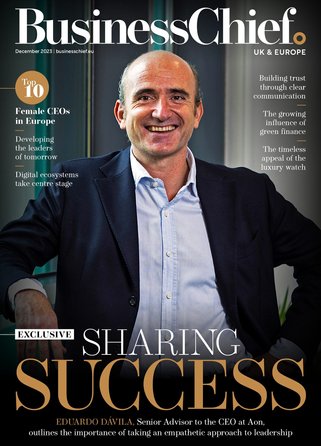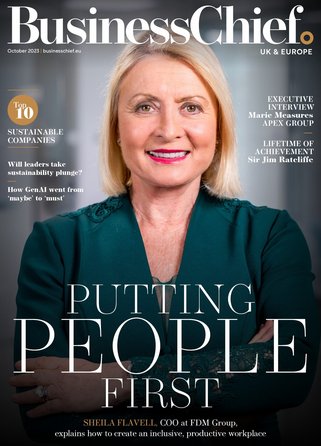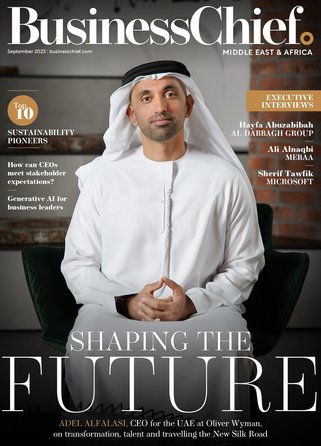Leading by design – how organisations can embrace a design-first culture

There are two types of company – traditionally structured organisations that are optimised to solve problems in a bricks and mortar world that are attempting to integrate design into a whole host of legacy systems and procedures – and those that are digitally native, such as Spotify or Google, that have a natural affinity with the way that technology design needs to be developed.
The former have their work cut out for them and in order to develop successful products with great experiences, organisations need processes, personnel alignment and design transformation. Many are taking small steps in the right direction, but not making the big, bold steps required to make a significant change.
So, what is stopping companies from leading by design? The simple answer is cultural baggage – habits, rituals values – those invisible and intangible elements that make up the very fabric of an organisation. When you speak to individuals within a bricks and mortar organisation, the appetite is high for digital transformation, but ultimately at some point, the machine kicks and they still have to play the game. Others, quite simply, don’t believe it is possible – that the vision is a stretch too far.
Some organisations are bringing in design capacity and capability, but this is still not having a massive impact on products. One example of a progressive stance towards design leadership is the Government Digital Services (GDS). They have a design mantra for all UK government websites that starts with need. This user-centric design rejects the constraints of technology and broadens the spectrum of what is possible. Also, showcasing how a larger organisation need not be crippled by risk aversion, Amazon and Facebook push out new products live to users thousands of times a day testing.
In order to make a real difference and truly embrace design leadership, companies need to consider the following:
- Exposure to users – if you want to start thinking about how to solve problems for your customers, go and meet them. Build empathy for the problems that your customers face, discover what they are prepared to pay for your product or service and design the technology around this
- Make design visible – break down team silos to create collaboration and cooperation as a blended team. Put design visuals on the walls and decorate the space with optimistic storytelling
- Measure and reward excellence in customer experience – inevitably organisations reward sales wins and cost efficiencies, but why not have a number that measures customer satisfaction and reward based on that
- Lower the fear of failure – people need to try things. Design is all about predictions and ultimately we don’t really know what is going to happen until the product gets into the hands of the user. So, in order to be progressive, you must allow people to test, learn, make improvements and then prove – without justifying decision, building a business case for it, and going through a six-stage sign off process
Changing the fabric of an organisation and embracing a strategic re-shift is exactly what designers are well-place to help with. If companies are prepared to adopt a sense of bravery and boldness, the benefits will seep into every area of the business.
James Box is User Experience Director at Clearleft
Featured Articles
SAP has announced it has appointed a new President for a newly-created EMEA region, aiming to make the most of the opportunities of cloud and AI technology
Technology giant SAP has expanded its portfolio with the acquisition of LeanIX, a leader in enterprise architecture management (EAM) software
To help businesses achieve increased productivity, Siemens and Microsoft are deepening their partnership by showcasing the benefits of generative AI



